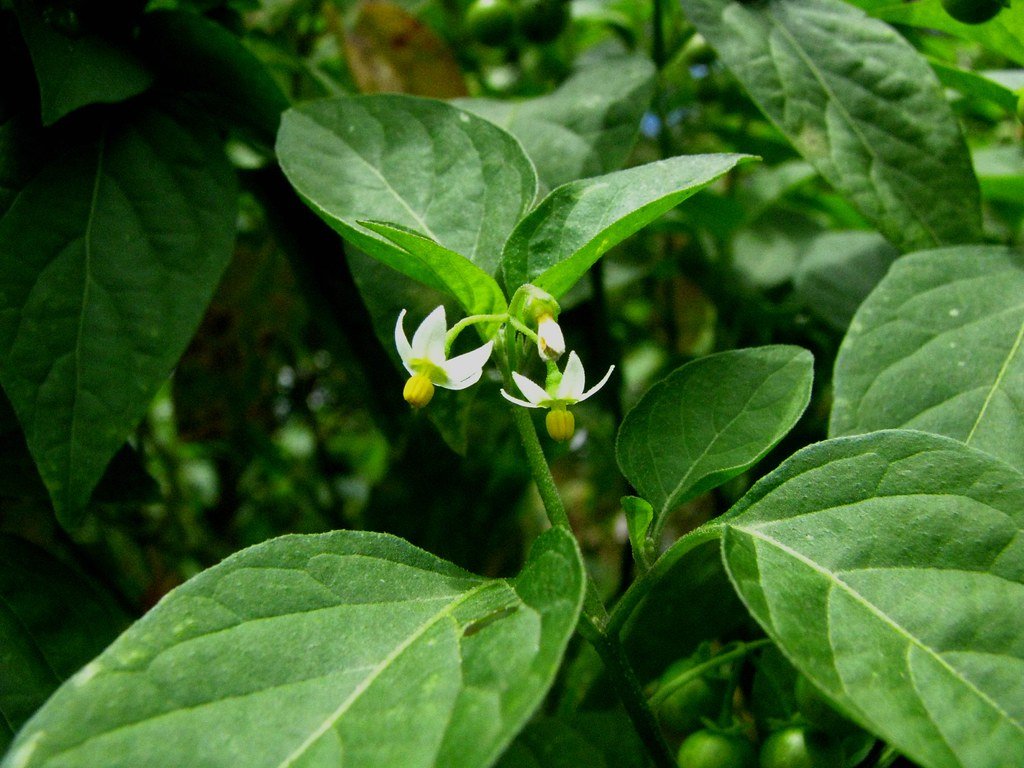The untamed corners of our planet are home to a myriad of plants with extraordinary powers. For centuries, indigenous cultures have been the custodians of these natural treasures, using them for healing, spiritual enlightenment, and cultural rituals. These plants are not just flora; they are the keys to understanding the symbiotic relationship between humans and nature. Through trial, error, and an intimate connection with their environment, indigenous peoples have unlocked the secrets of psychoactive plants, revealing a world where nature’s most powerful drugs offer profound insights and experiences.
The Ancient Art of Discovery
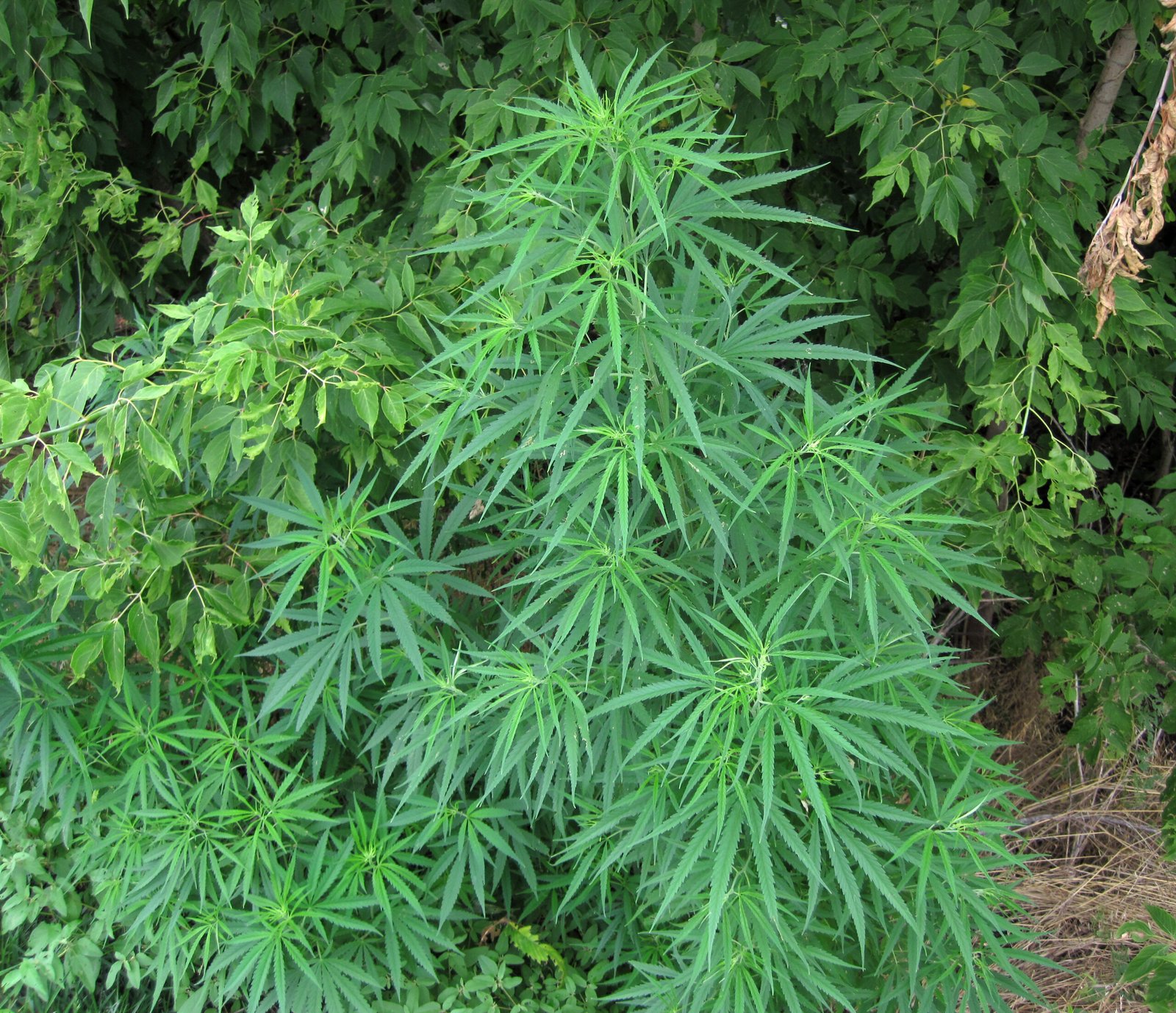
Long before the invention of modern medicine, indigenous communities relied on their knowledge of the natural world for survival. This knowledge was not acquired overnight but accrued over generations through careful observation and experimentation. Imagine a tribe member observing a plant’s effect on animals, noting its potential benefits or dangers. Such observations were pivotal in identifying plants with psychoactive properties. The groundwork laid by these ancient explorers has provided us with a rich tapestry of botanical wisdom that continues to influence our understanding of natural medicine.
Ayahuasca: The Vine of the Soul
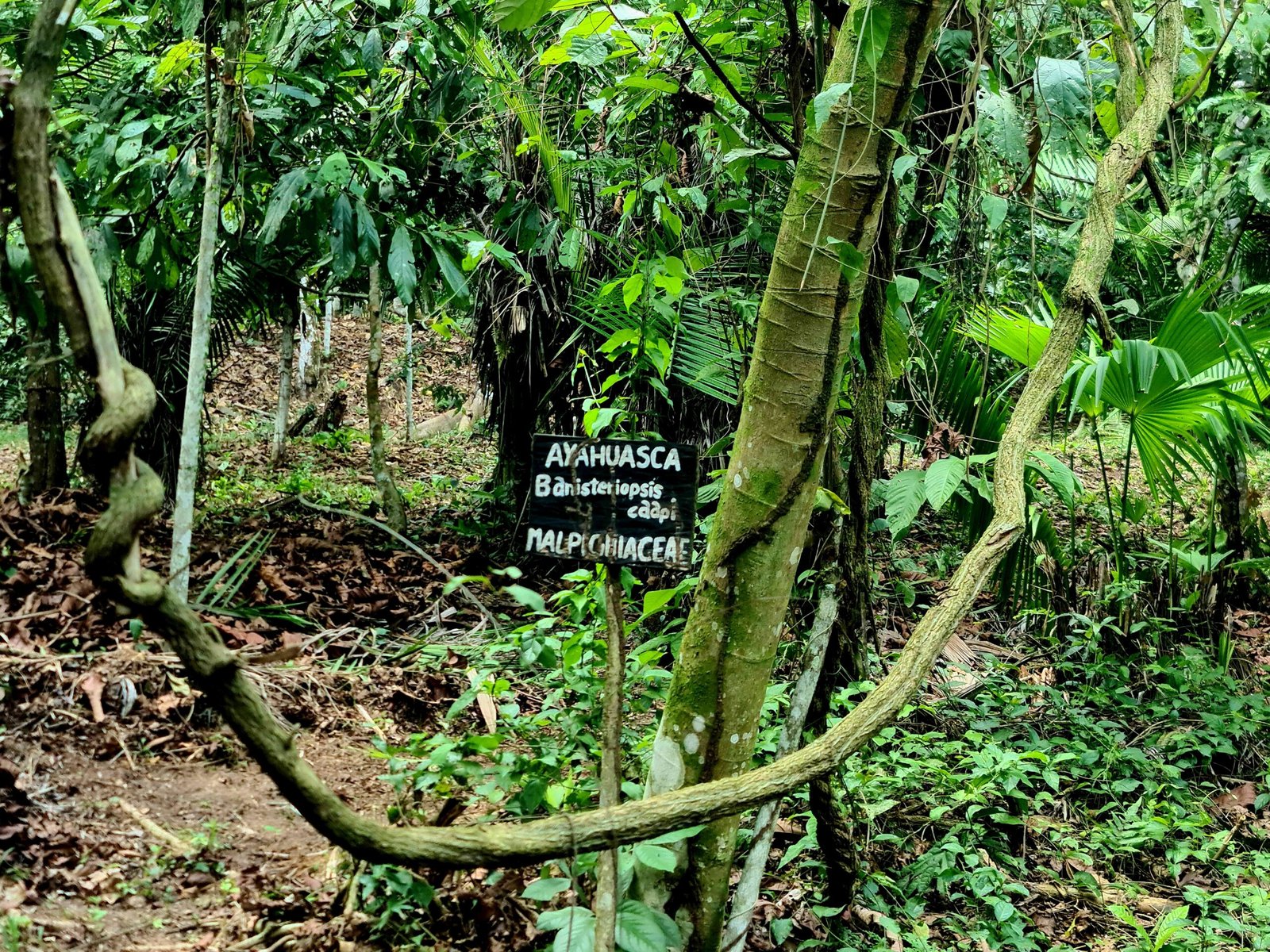
Deep within the Amazon rainforest, indigenous tribes have long revered Ayahuasca, a potent brew made from the Banisteriopsis caapi vine and other native plants. Known as the “Vine of the Soul,” Ayahuasca holds a sacred place in many cultures for its ability to induce profound spiritual experiences. Drinking this brew is believed to connect users to a higher consciousness, allowing them to explore the depths of their psyche. The process of creating Ayahuasca is intricate, requiring knowledge of which plants to combine, and is often overseen by a shaman who guides the experience. This tradition underscores the deep respect and understanding indigenous cultures have for the natural world.
Peyote: A Journey with the Divine
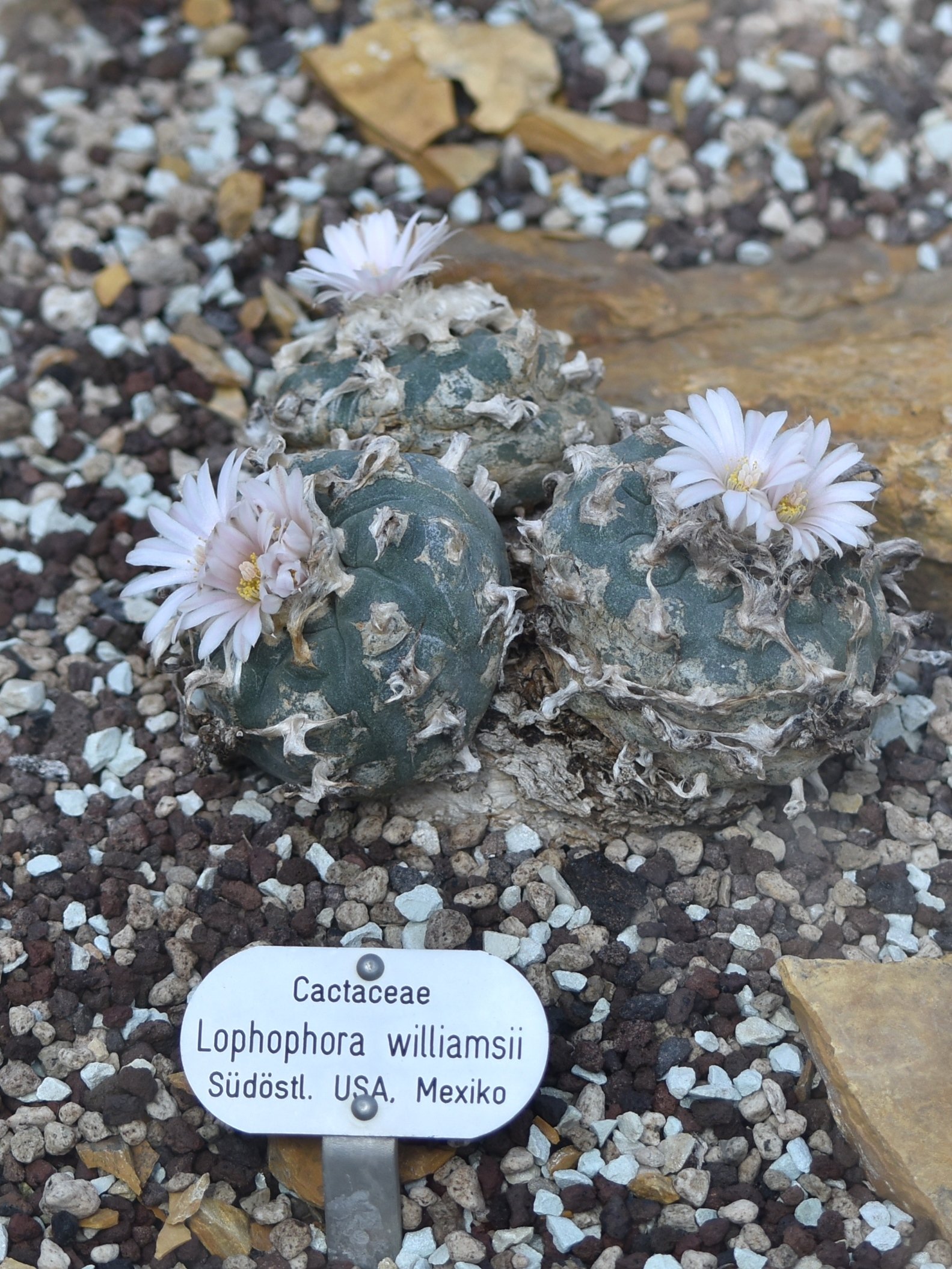
In the arid landscapes of North America, the Peyote cactus holds a significant role in the spiritual practices of indigenous tribes such as the Huichol and Navajo. Peyote contains mescaline, a psychoactive compound that can induce visions and altered states of consciousness. For these tribes, Peyote is not merely a plant but a sacred medicine used in ceremonial rituals to communicate with the divine. The experience of consuming Peyote is often described as a journey, one that offers insights into the self and the universe. This relationship with Peyote highlights the cultural and spiritual dimensions of psychoactive plants in indigenous practices.
Psilocybin Mushrooms: Nature’s Mind-Altering Gift
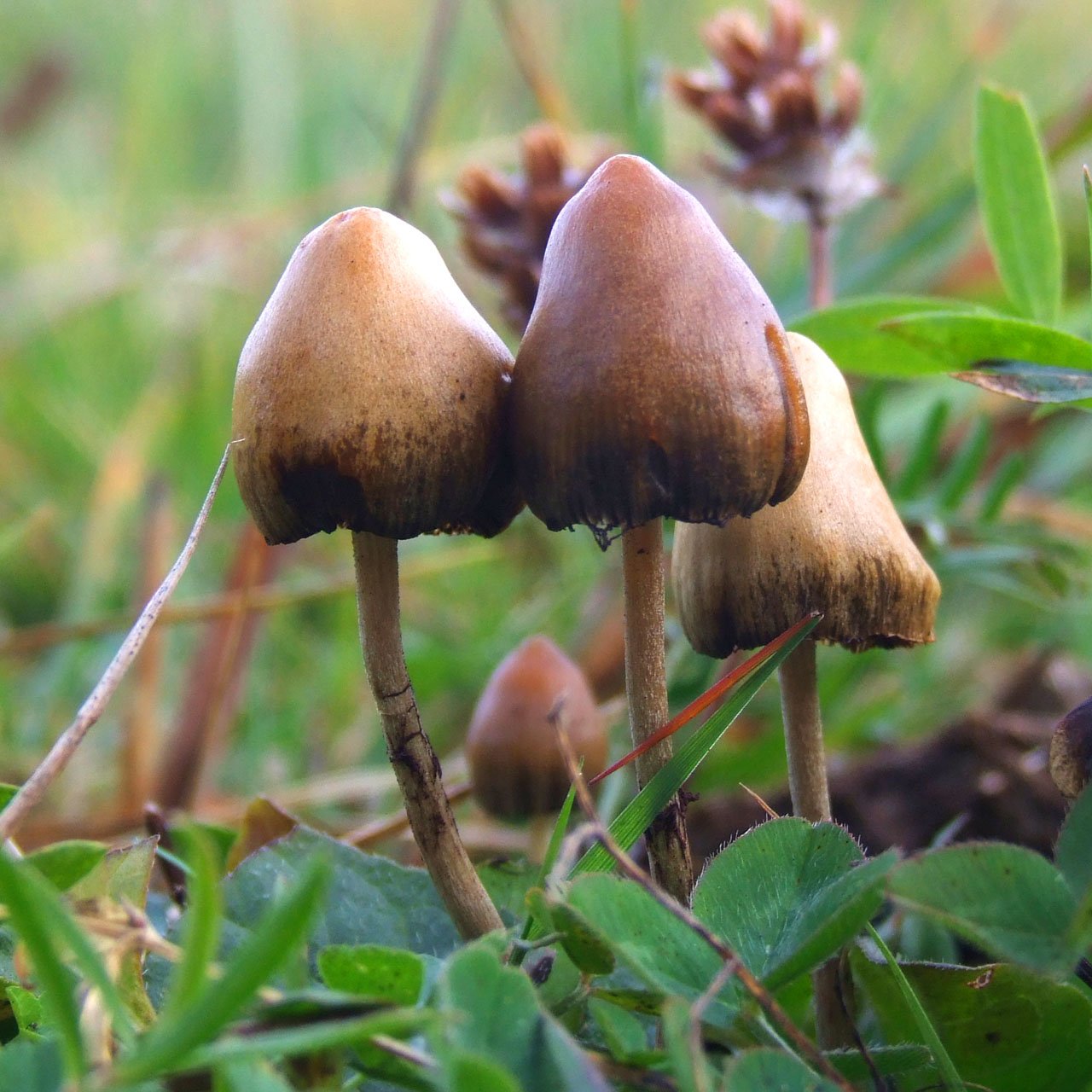
Psilocybin mushrooms, often referred to as “magic mushrooms,” have been used by indigenous cultures across the globe for centuries. These fungi contain compounds that produce psychedelic effects, leading to altered perceptions and mystical experiences. In Mesoamerica, the Aztecs called them “teonanácatl,” meaning “flesh of the gods,” and used them in religious ceremonies to commune with their deities. The use of these mushrooms showcases the universal human quest for transcendence and understanding, as well as the respect for nature’s ability to facilitate such experiences.
Iboga: The Path to Healing and Insight
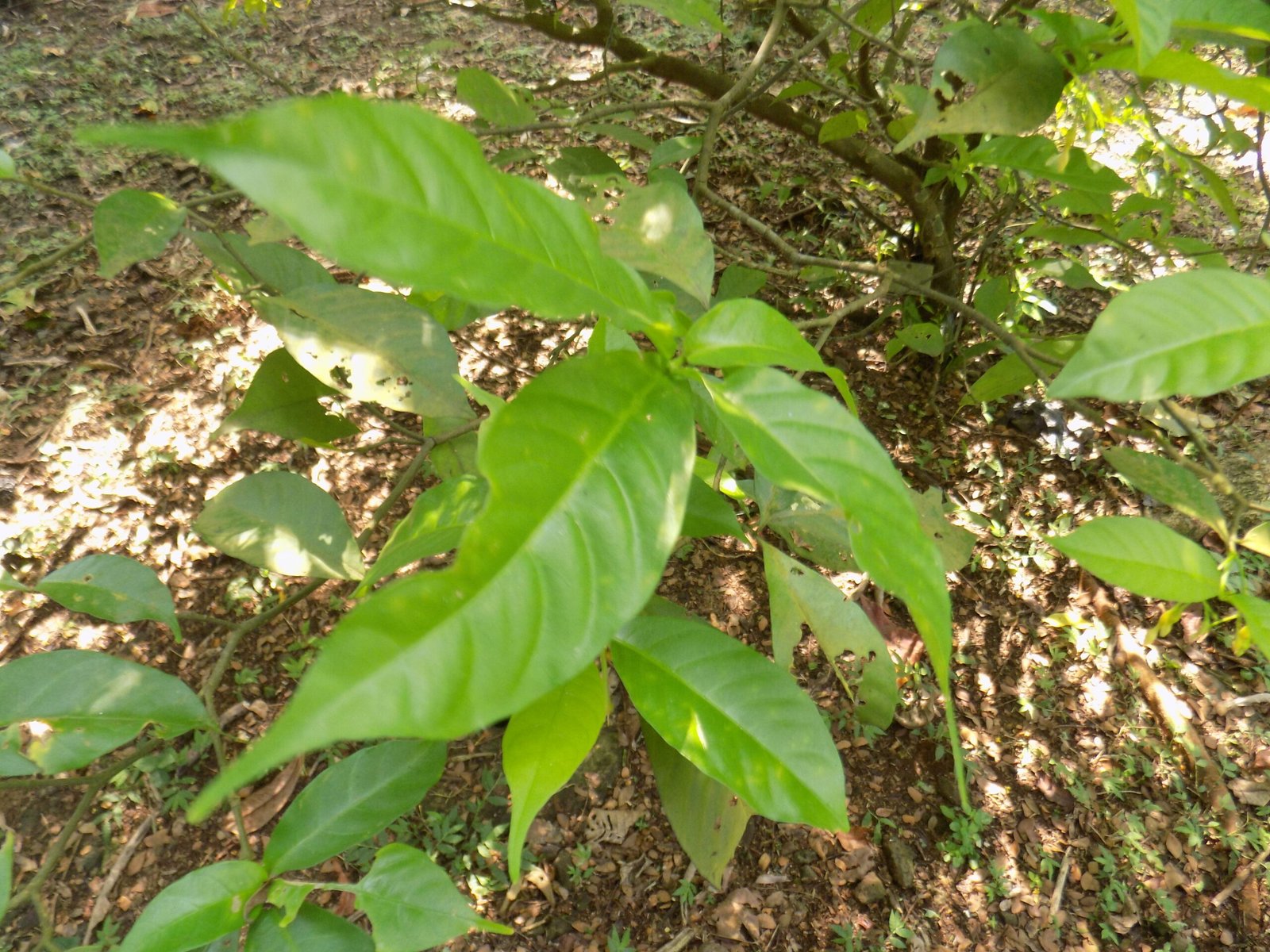
In Central Africa, the Bwiti religion venerates the Iboga plant for its powerful psychoactive properties. Iboga is used in initiation ceremonies and healing rituals, believed to offer profound psychological insights and personal revelations. The plant’s active compound, ibogaine, has garnered attention for its potential in treating addiction, illustrating how indigenous knowledge can inform modern therapeutic practices. The use of Iboga underscores the balance between the spiritual and medicinal roles of psychoactive plants in traditional cultures.
Kava: The Pacific’s Tranquil Elixir
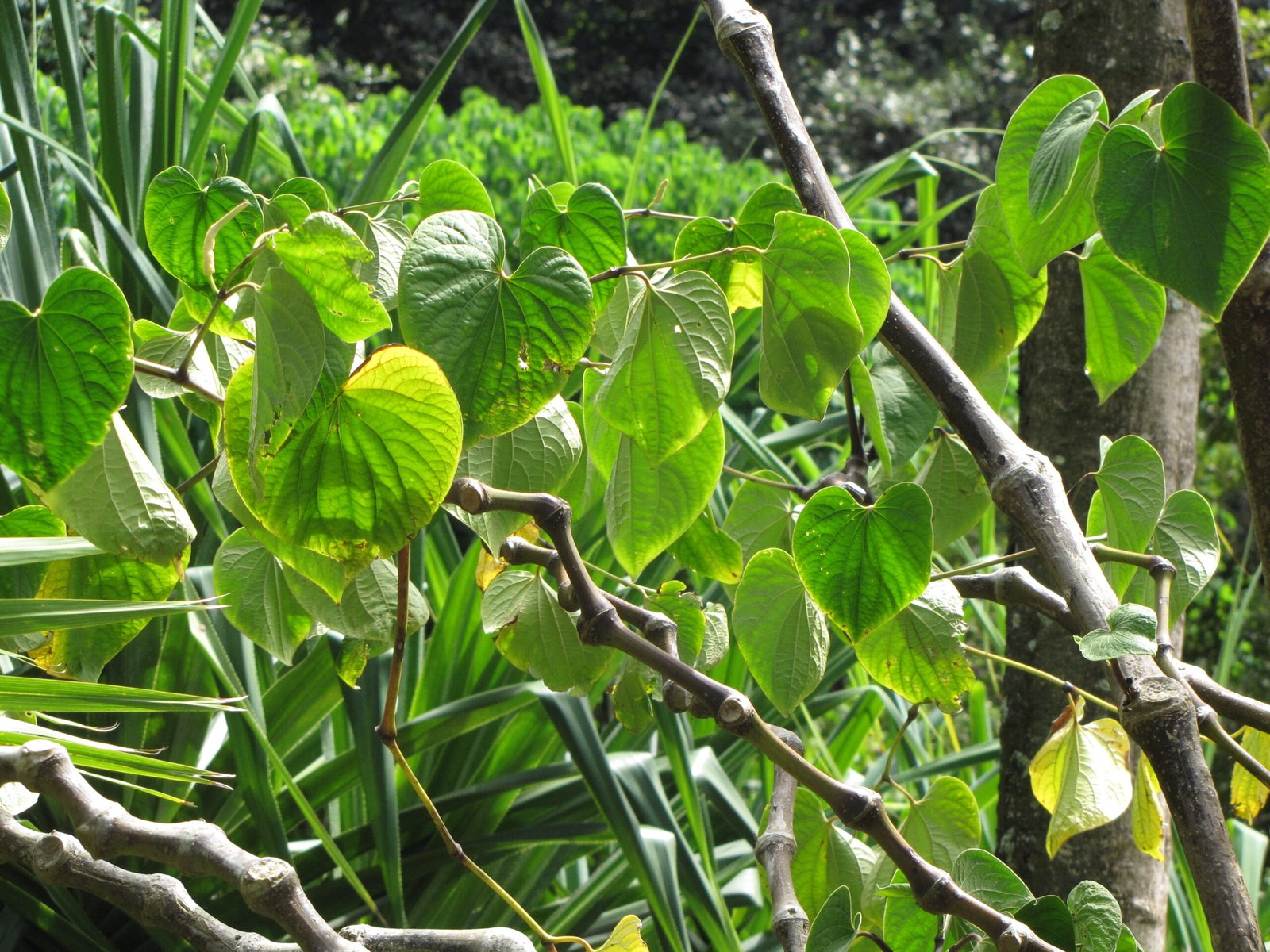
Kava, a plant native to the South Pacific, is celebrated for its calming effects. Used by island communities such as the Fijians and Samoans, Kava is prepared as a drink that induces relaxation without impairing mental clarity. This makes it a valuable tool for social bonding and conflict resolution. The communal nature of Kava consumption reflects the importance of harmony and fellowship in these cultures, offering a glimpse into how psychoactive plants can foster social cohesion.
Coca: The Leaf of Sustenance and Ceremony
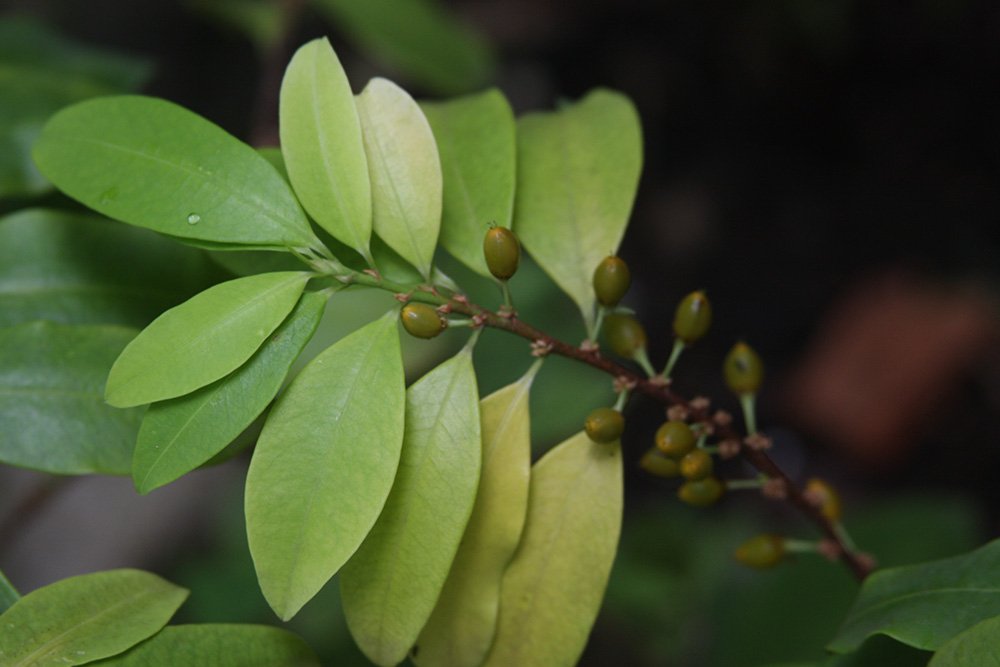
The Coca plant, native to the Andes, has been a staple in Andean culture for thousands of years. Chewing Coca leaves provides mild stimulation and is used to combat fatigue and altitude sickness. However, Coca also holds ceremonial significance, used in rituals to honor deities and ancestors. The dual role of Coca as both a practical and spiritual tool highlights the multifaceted relationships indigenous peoples have with their environment. It also serves as a reminder of the delicate balance between beneficial and harmful use of natural substances.
San Pedro: The Cactus of Vision
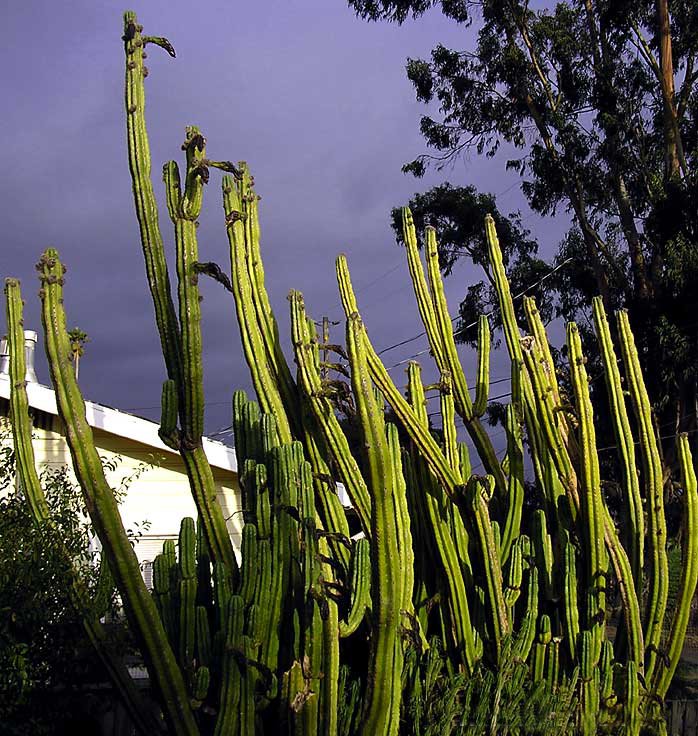
The San Pedro cactus, found in the Andean mountains, is revered for its hallucinogenic properties attributed to the compound mescaline. Indigenous tribes, such as the Quechua and Aymara, use San Pedro in healing ceremonies and spiritual quests. The cactus is believed to open the mind to visions and insights, facilitating a deeper connection with nature and the divine. The reverence for San Pedro underscores the role of psychoactive plants in fostering spiritual growth and understanding.
Tobacco: The Sacred Smoke
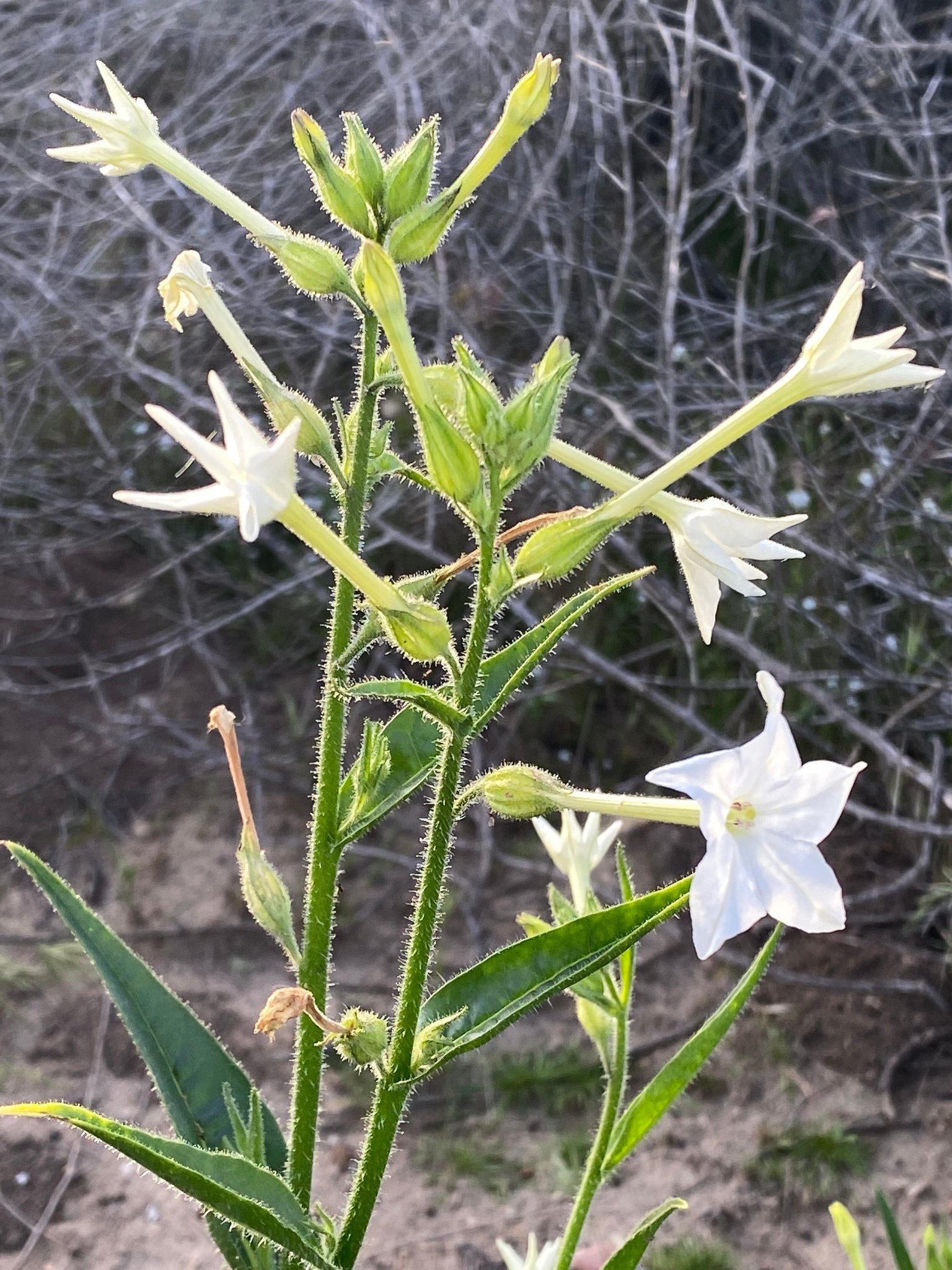
While often associated with modern smoking habits, Tobacco has deep spiritual roots in indigenous cultures across the Americas. Used in rituals and ceremonies, Tobacco is believed to be a gift from the spirits, offering protection and guidance. For many tribes, the act of smoking Tobacco is a sacred practice, one that connects them to the spiritual realm. This perspective on Tobacco highlights the cultural significance of psychoactive plants and the respect for their power and purpose.
The Legacy of Indigenous Wisdom
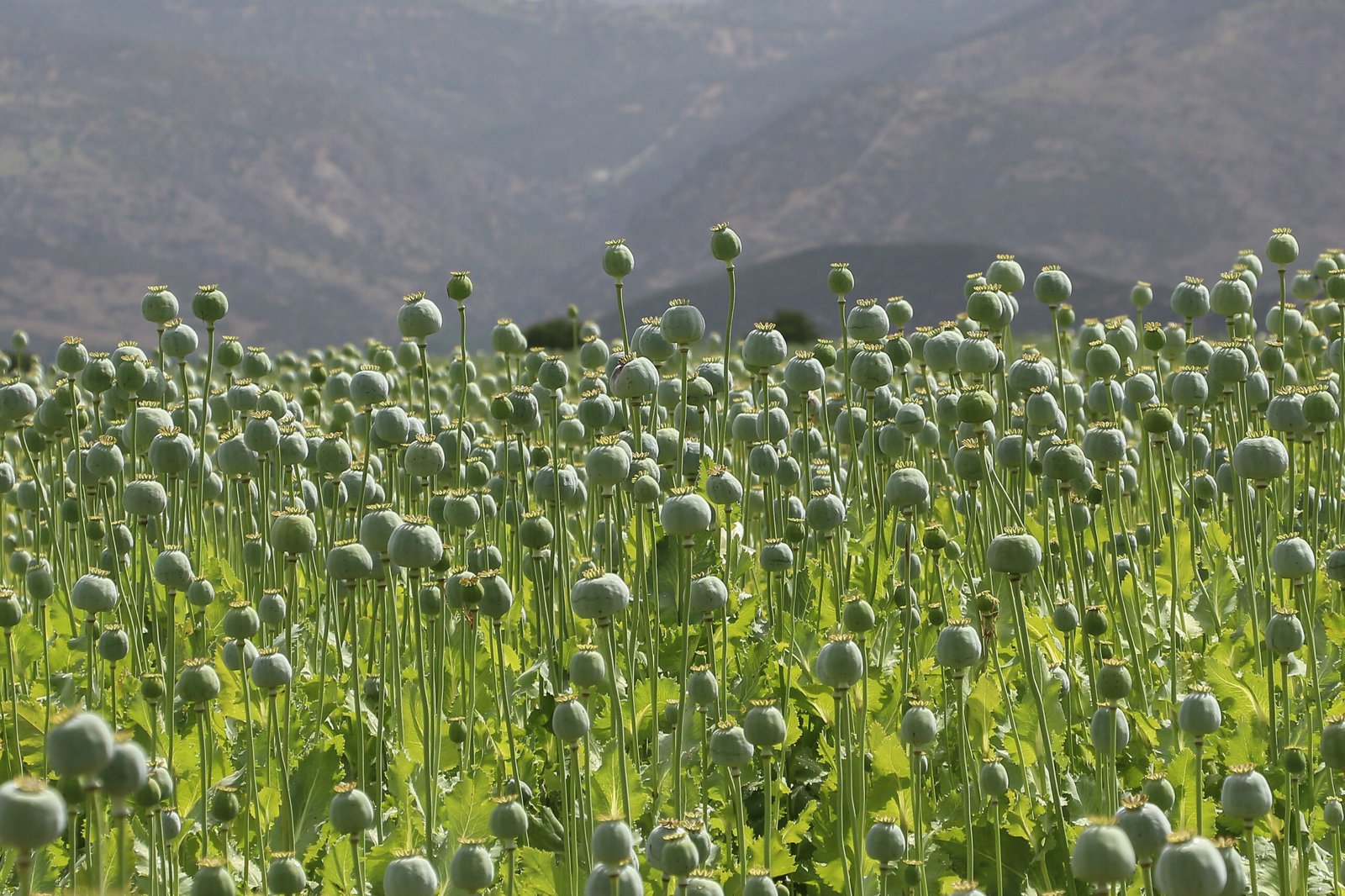
The exploration of psychoactive plants by indigenous cultures has left an indelible mark on our understanding of nature’s potential. These cultures have shown us that plants are not just resources but partners in our journey towards health and enlightenment. The knowledge passed down through generations continues to inspire modern science and medicine, reminding us of the intricate connections between humans and the natural world. As we delve deeper into the secret world of psychoactive plants, we uncover the wisdom of those who came before us, offering a path to harmony with the earth and within ourselves.

